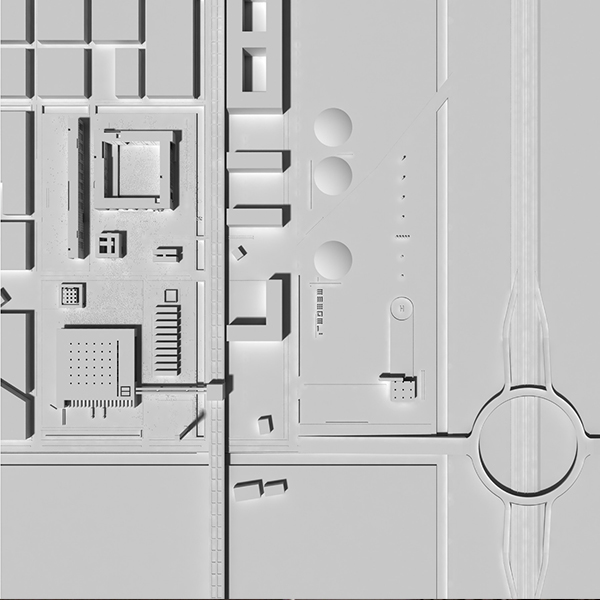Abstract
The X. Edition of the Venice Architecture Biennale (2006) showcased in the then newly inaugurated Italian pavilion at the Arsenale the results of an ambitious initiative by Franco Purini: the proposal for the new city of VeMa, scheduled for completion in 2026. ‘VeMa’ may sound like the name of an apocryphal city envisaged by Italo Calvino, but in fact it stands for the location intended for this contemporary ‘foundation town’ (città di fondazione), halfway between Verona and Mantova (Fig. 1)
Nowadays unanticipated exnovo opportunities emerging as mirages from the desert in the Middle East and the Far East make the schism between acts of architecture and the desire for the city painfully clear. VeMa addressed this issue in the context of a particular European cityregion.
The proposal for a città di fondazione as a contemporary ideal city in the context of the often lamented, sometimes celebrated, sprawling urbanised region in the north of Italy (coined città diffusa) was a radical alternative to reality. The introduction to the catalogue for the Italian pavilion points out that VeMa also represents an alternative tendency to the main exhibition ‘Cities, architecture and society’, curated by Ricky Burdett. Whereas the general exhibition showed through photography, maps and giant histograms the unprecedented demographic growth witnessed in sprawling global cities, VeMa is not interested in either diagnosing or celebrating this reality but in proposing a different territorial scenario: a settlement paradigm for a town of no more than 30,000 inhabitants. It accepts the ‘shrinking’ of the large metropolitan centres witnessed throughout Europe – not in favour of sprawl, but by proposing an exnovo town centre, presumably one of many.
From its first public display at the Venice Biennale the idea of VeMa generated consistent interest in both the local and national press in Italy. Immediately evident in the discussion is the strategic potential of this abstract proposal – to establish a dialogue embracing local politics, initiatives of developers and the expectations of society at large. In fact this radical and utopian interpretation has proved to be the crucial characteristic of the initiative: the goal was to produce with the designs of twenty young architects an overall vision of a territorial potential, in order to trigger unexpected and unpredictable reactions, even opportunities, from the ‘real world’.
Purini conceived a plan for the city of VeMa and invited a total of twenty teams to submit proposals for its architecture: each team was allotted a specific site in the plan connected to a given programme which included housing (Figs. 2, 3).
How to Cite
Published
Issue
Section
License
Copyright (c) 2009 OverHolland

This work is licensed under a Creative Commons Attribution 4.0 International License.




